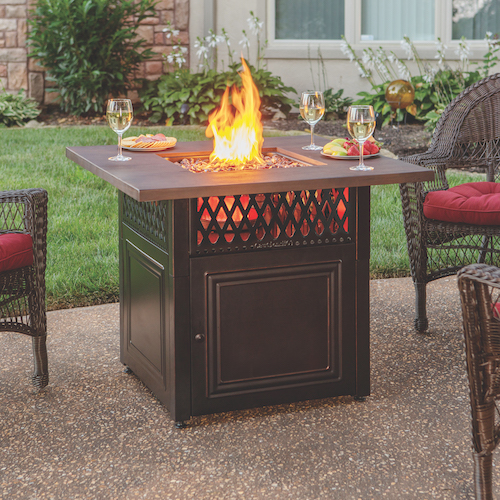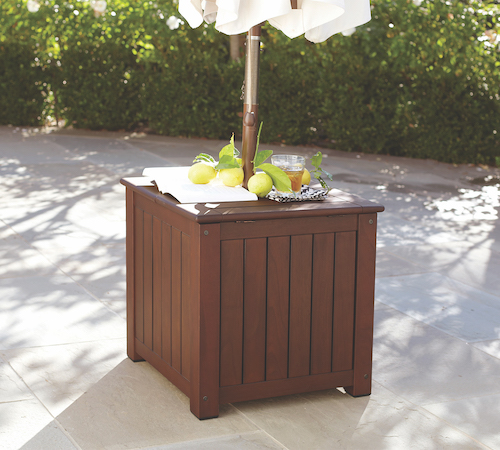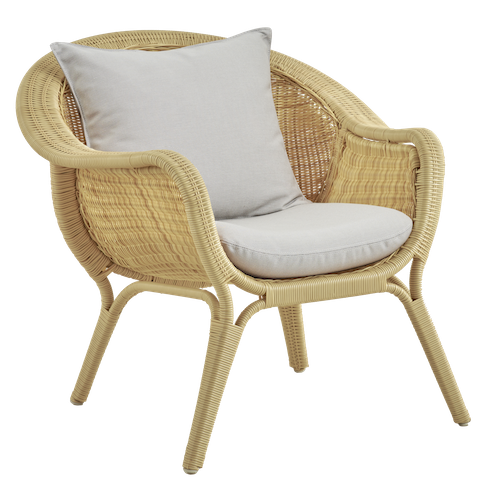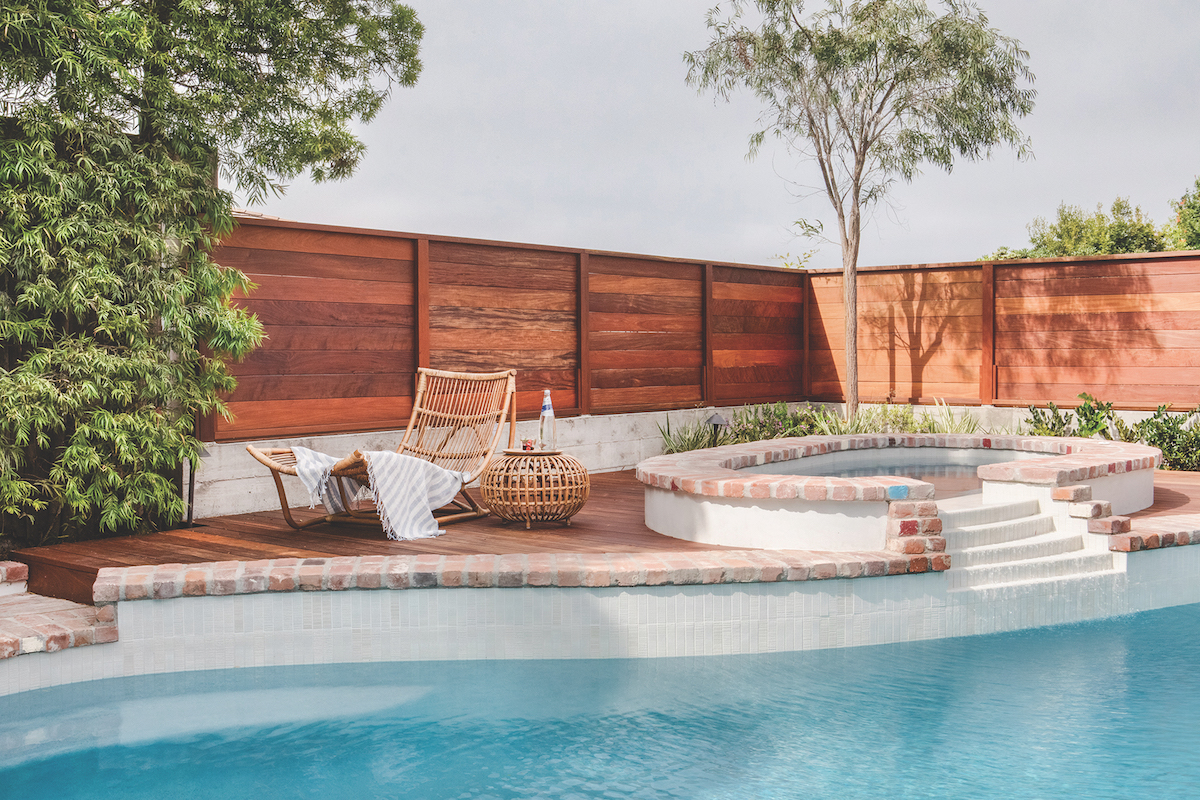
This post was originally published on this site
In Laguna, many backyards are short on space, so making the most of every inch is key.
By Ashley Breeding
In a temperate region that welcomes outdoor living almost year-round, a yard is essential. In Laguna Beach—particularly in the village area—many homes come with smaller outdoor spaces, often posing a challenge when it comes to creating a design to maximize the yard’s usage. But that doesn’t mean it’s impossible.
“For a comfortable entertaining space [with a formal dining area], you need one that’s at least 15 by 15 feet,” says landscape designer Matt Johnson, owner of OC-based Western Garden Designs, whose portfolio boasts some stunning outdoor spaces in Laguna, where Johnson grew up. “Most yards here are twice that size.” For a seating area without a dining table, outdoor spaces can be 10 by 12 feet, he adds.
When determining how to design your outdoor area and maximize every inch, the first step is to think about your lifestyle and how you’ll use the space. The next is to consider topography and any limitations, as well as clever, dual-purpose furnishings.
The Basic Setup
“It’s best to compartmentalize your space,” says Johnson, who suggests dividing the yard into seating, dining and recreation areas based on usage. His firm designs spaces with furniture in mind and can also create custom, built-in seating made of concrete block or other construction materials, which can sometimes also serve as a garden’s retaining wall. Seating made of stucco or wood can be personalized with cushions—for both efficiency and aesthetics. “In one really small yard, I drilled L-brackets into the wall and laid planks of Brazilian hardwood to create a floating bench,” Johnson explains. “It looked super cool and contemporary and was a great space-saver.”
For more flexibility with seating, Johnson also likes modular furniture, which can be purchased in pieces to mix and match based on the space and provide flexibility because they can be moved around to create different shapes like an “L” or horseshoe layout around a fire pit. Accessories like ottomans can transform a chair or one side of a sofa into a chaise lounge. And fire pits are ideal at the center of any seating area. “There are a lot of prefabricated fire pits out there, Johnson says. “Buy one with a lid that can serve as a coffee table when you’re not using it to heat the space.”
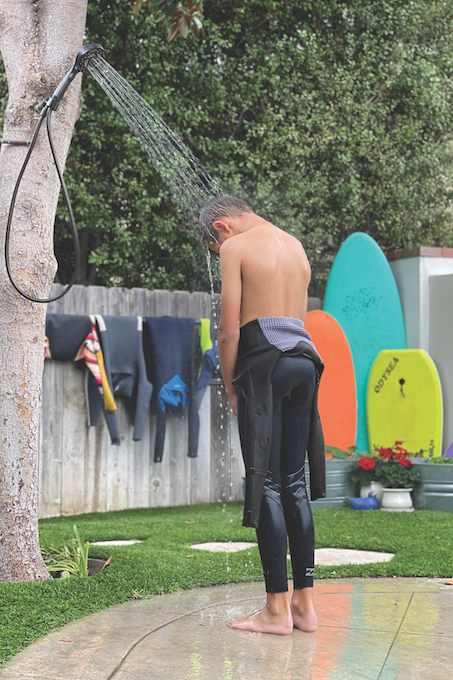
When it comes to outdoor grilling, certain equipment is needed, but in smaller spaces, bulky built-in kitchens won’t cut it, Johnson says. He recommends a roll-out barbecue or Traeger grill. “These are great because when your meal is done cooking, you can just push the smoker aside and out of the way,” he points out. “You don’t need a full bar and kitchen—just a ‘get it done’ station.” (For gas grills and smokers, check with local officials about requirements for gas lines.) Johnson also likes portable pizza ovens, which only need a small spot on the counter.
If you prefer to eat at a table and not on your lap, Johnson has fun ways to save space: “Instead of putting chairs all around a dining table, use a long bench on one side against a wall, and push the table back to save about 2 1/2 to 3 feet,” he says. For one client who had a wooden fence dividing their yard from the neighbors, Johnson built a block wall with Spanish deco tiles and slid in a table to maximize space.
“It’s just a matter of getting creative and pushing things to its perimeters,” he says.
Water Features
Residents flock to Laguna Beach for many reasons, but ample sunshine and surf are two of the main draws. And when you spend a lot of time at the beach, an outdoor shower and place to dry your gear are essential. Kelly Carter, owner of Laguna-based Kelly Carter Design, who also works with Huit Design Group, has employed a few space-saving tricks in her own modest-sized courtyard.
“Outdoor showers are hugely popular here,” she says, noting that you don’t want to come back from the beach and bring sand into your house. No room for an outdoor shower? “I run hot- and cold-water lines to a tree in our yard, at shower height,” she says. “The tree disguises the shower plumbing, and it’s a great way to save space. …You can get creative with other [inconspicuous] ways to install a shower, as long as you have a drain.”
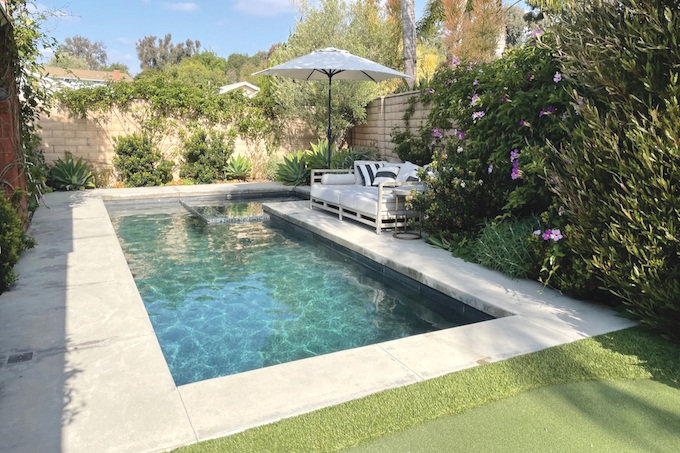
What to do with those wet board shorts and bikinis once you’ve rinsed off the salt? “Everyone needs a place to store wet beach gear—suits, towels,” Carter adds. As a solution in a small space, she installed a heavyweight curtain rod on an exterior wood fence that gets a lot of sun.
Hoping to fit a pool into a small area? Even this can be done. “Eight feet is as narrow as you want to go” when building a pool, Johnson says, adding that the length depends on the available space. “… There are ways to design them so that they look cool and save space.” He’s built a hot tub into the pool for many Laguna clients, and he also points to a dual-purpose Japanese-style pool, which has massage jets at the bottom and is designed for Watsu therapy, where the therapist is in the pool with the client; but these can also be used as a plunge pool.
You’ll need about 5 feet from your fence to the water’s edge, but check with the city on setback requirements and work with your landscape designer to explore options for best utilizing that space. And if you don’t have room for two sets of furniture, opt for those that can be used both tableside and poolside, like loungers from Sika Design that Laguna-based huit founder and designer Tania Cassill recently employed in a Lower Three Arch Bay project; other more upright chair styles are also available. “[They’re] made of AluRattan and Artfibre that looks like real rattan but is actually an all-weather alternative,” she says.
An Outdoor Playground
One benefit of compartmentalizing a backyard is that it can open up a recreation area for kids (and grown-ups). “One client had a tiny house and three boys who wanted a place to kick the soccer ball around,” Johnson recalls. So he installed a sky net over the entire yard, to ensure they wouldn’t lose any balls—or take out a neighbor’s window.

Fences can be a good backdrop for basketball hoops, with a net added behind them, Johnson notes, while swingsets and trampolines take up little space and provide hours of entertainment. Don’t want to see a trampoline sticking 3 feet in the air from your kitchen window? “If the topography is right, you can sink them into the ground,” Johnson notes, adding that the ground may need to be terraced for drainage; hot tubs can also be sunk into the ground with a small deck and trap door to provide access for maintenance.
Notably, he adds, don’t overlook the potential of a side yard. “Instead of filling it in with gravel, which is useless space,” Johnson says, “why not put in a putting green or bocce ball court?” You can even fill it with grass and play cornhole. Or, if you have a gardener in the family, this can be a great place for raised beds or even pots, which are spacious enough to nurture certain plants. (Vertical planters are a nice space-saver on a patio, too.)
“Creating your small backyard garden is as simple as planting flower beds with edibles,” says Samantha Savage Breit, who owns The Salt Horse specialty grocer in Laguna and served as the organic gardening teacher at Anneliese Schools for eight years, even creating the schools’ farmers market with produce from the garden. She notes that the area’s Mediterranean-like climate is conducive to growing many edible flowers and low-maintenance herbs like rosemary, sage and mint.
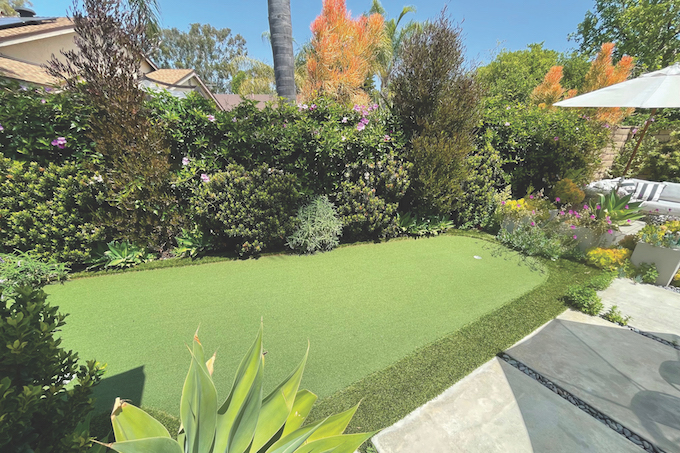
“If you are going to take it a step further and plant seasonal varietals of fruits and vegetables, companion planting is the best model,” Savage Breit explains. This space-saving model refers to planting different seeds that nurture each other’s growth and protect one another from pests. “But it’s very important to know which ones to plant close together, as companions, and which ones to avoid planting in the same area,” she warns.
If you want the enjoyment of a backyard without the maintenance, Carter recommends durable artificial turf. “It’s good for kids and pets and obviously doesn’t need irrigation,” Carter says. “People tend to use their yards a lot more when they are easy to maintain.”
Multifunctional Furniture
In a small space, finding pieces with dual uses—like these items available from local shops—can prove particularly helpful.
